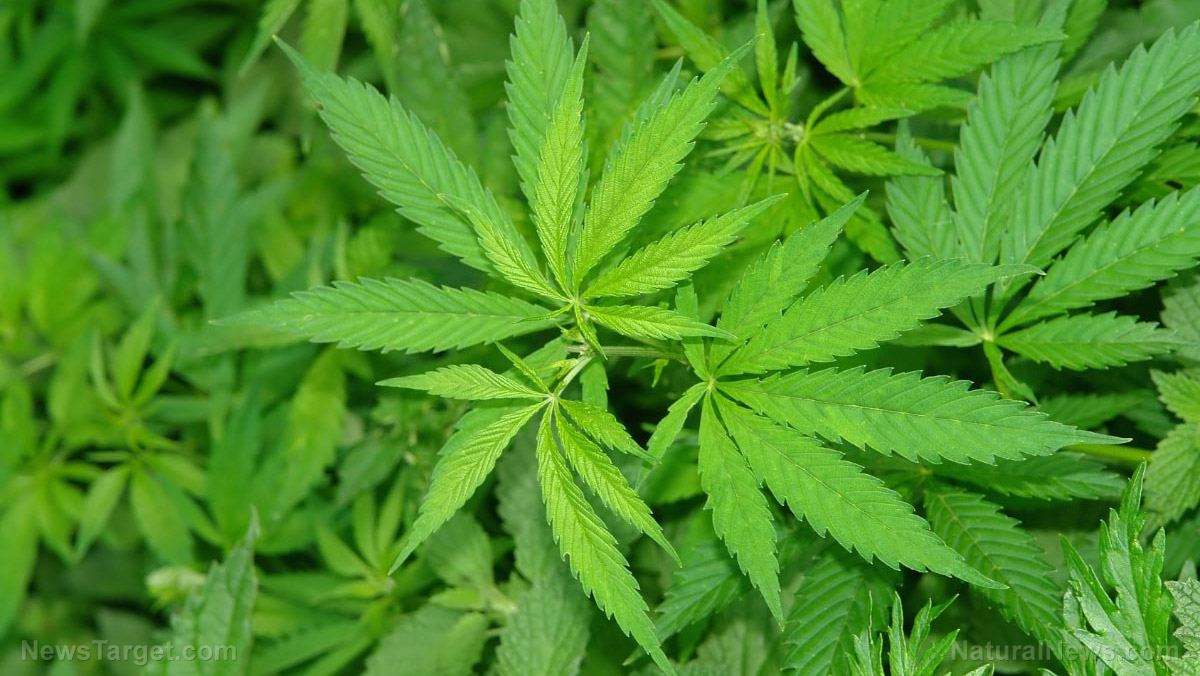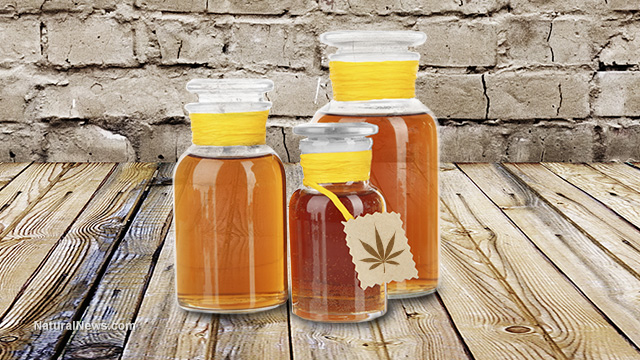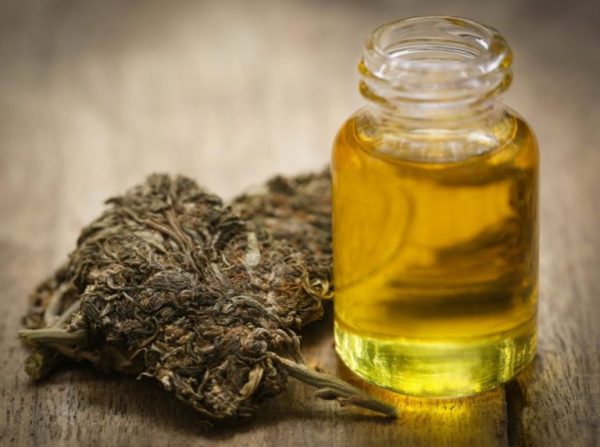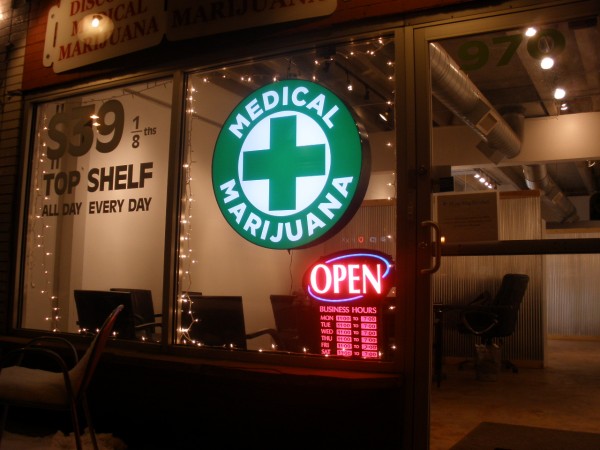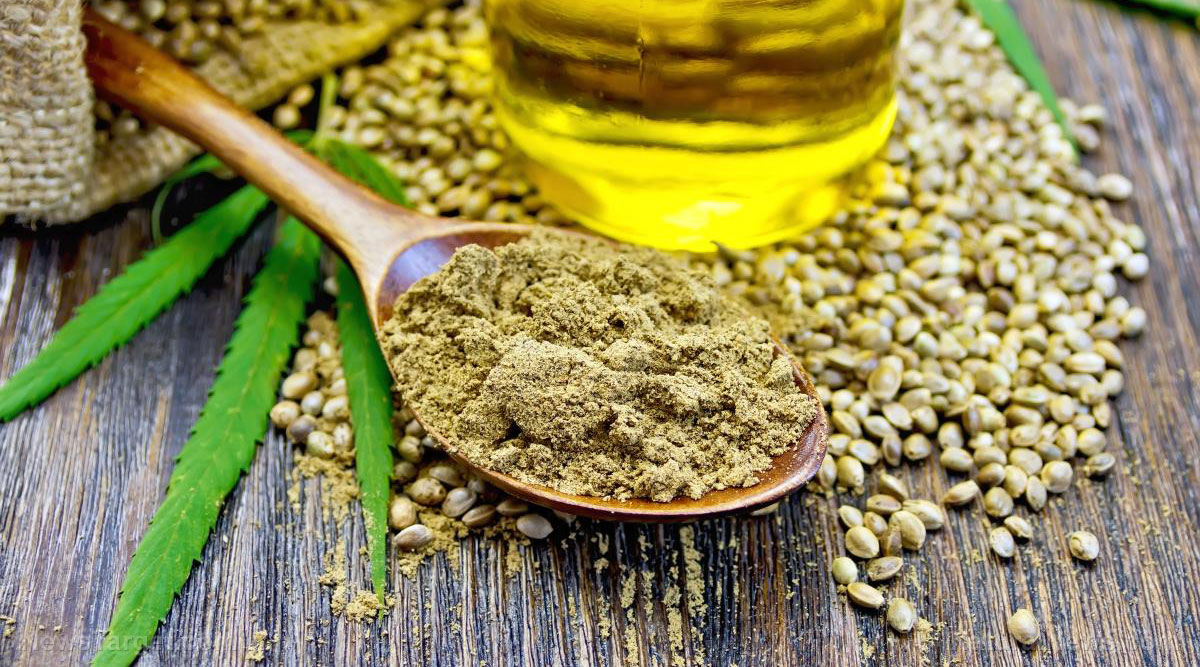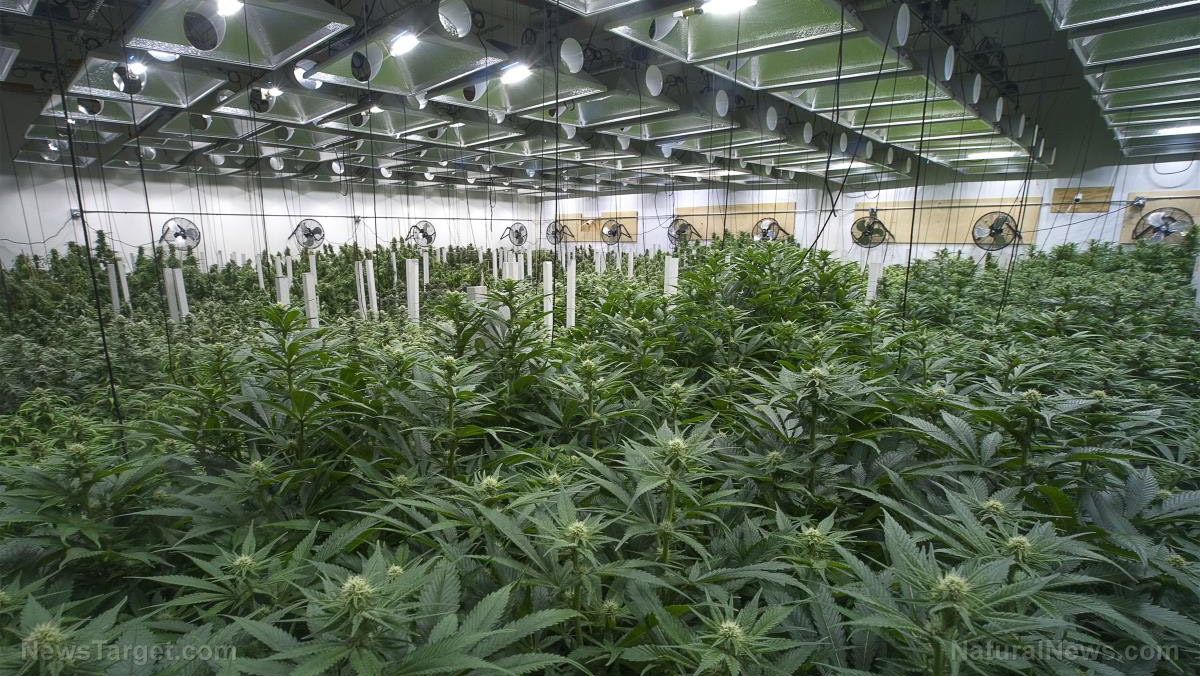EATON, N.Y. (AP) — A lush field of cannabis growing on a secluded hilltop in central New York may look and smell like marijuana, but its myriad uses don’t include getting high.
New York’s first legal hemp farm in decades has taken root under a pilot program that’s part of a national resurgence of a plant that’s prized for making food, clothing and shelter but long banned along with its smokable cousin.
“The versatility of this crop is amazing,” said JD Farms co-owner Mark Justh, who left an international finance career to grow organic hay and pastured beef cattle and pigs on farmland 170 miles northwest of New York City. He added organic hemp to the mix this summer under a research partnership with Morrisville State College.
Because of its resemblance to marijuana, the hemp field at JD Farms had a prominent “No Trespassing” sign that advises “No THC.” Even if marijuana plants were hidden among the hemp, cross-pollination would render the pot impotent.
Hemp has been used for millennia as a source of oil, protein and fiber used in clothing, rope and paper. Modern uses include cosmetics, nutritional supplements, biofuels, building materials and pharmaceuticals.
Justh was thinking of growing it simply as a cover crop — a crop grown for soil enrichment — when he met Dan Dolgin, who was looking to partner with a farmer to grow it for its broad market potential. Dolgin, who had worked in national security in Washington, fell in love with the farm and bought into it. He’s now renovating a farmhouse there near the log cabin where Justh and his wife and teenage sons live when they’re not at their home in Brooklyn’s Park Slope.
“Hemp is a triple-value crop, with a multitude of products made from the seeds, stalks and fiber,” Dolgin said. “We hope the results of what we’re doing here will convince other farmers that this is a great opportunity.”
The trade group Vote Hemp estimates the value of hemp products in the U.S. at $600 million. But that’s based on imports because U.S. farmers weren’t allowed to grow it until now
Since the “reefer madness” war on marijuana in the mid-20th century, the U.S. has been the only industrialized nation where hemp farming was illegal. Industrial hemp and marijuana are both forms of cannabis, but hemp lacks the active ingredient THC.
The 2014 U.S. Farm Bill, which defined hemp as distinct from marijuana, cleared the way for states to regulate it for research and pilot programs. Since then, 29 states have passed hemp legislation and nine have established pilot programs licensing production, according to the trade group Vote Hemp. About 12,000 acres were planted this year, primarily in Colorado, Kentucky and Tennessee, the group said.
Under New York hemp regulations finalized earlier this year, farmers must partner with a university to get a license. The 30-acre hemp plot at 1,200-acre JD Farms, the state’s only hemp farm so far, is paired with nearby Morrisville State College, which is conducting hemp research.
The requirement for a university partnership has deterred some farmers from getting into hemp.
“I’d love to be able to get into it right away, but the research partnership complicates things,” said Phil Hodges, a friend of Justh who splits his time between Wall Street bond trading and a crop and cattle farm he’s developing upstate. He hopes to plant some hemp next year if the state begins to license farmers directly. “It’s a huge opportunity for farmers, an untouched market.”
Some others are more skeptical.
“It’s a challenging crop to harvest,” said Luke Gianforte, whose family has been growing organic grain for decades in central New York. Gianforte harvested the crop at JD Farms last week. “It’s a strong-fibered crop, doesn’t break or cut easily.”
Gianforte said he’s interested in exploring the potential but will wait for more crop and market research results.
“Farmers are leery about new crops coming along that have the world promised behind them,” Gianforte said. “Seems like every 10 years some new thing comes along that’s the latest and greatest.”
Justh said farms growing corn or soybeans already have the equipment needed for hemp, which could bring at least twice as much income per acre. Hemp seed harvested at JD Farms will be processed for oil and protein powder, and some of the stems will be used by a company that makes building products from biomass.
“Hemp can come across as a panacea among its fervent proponents — everything from curing cancer to solving deforestation,” Dolgin said. “Is it going to save humanity? No. But it’s a valuable crop anyone can include in their crop rotation.”



